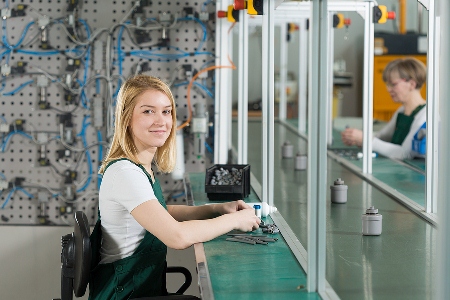And far too often we take this air of resignation to work, allowing our entire operation to be at the behest of others while an idle workforce churns out nothing more than payroll. Why do we do this?
Presumably we think there's no alternative; that products and materials reliant on others are by nature unreliable. And that we, as manufacturers, just have to work with this. But that's the problem: we're not working with it; we're not working at all. The good news is that we can. And here's how.
Waiting defined
Waiting is one of the Seven Wastes of Lean Manufacturing. Basically it's inactive people waiting for products and inactive products waiting for processes. It happens when information, materials, workers and production are out of sync. Any time a worker, material or product is idly waiting for the next step to kick into place, it costs your plant money. Often this is in overtime rates to catch up.
Waiting demystified
So what and who are the main culprits? A common issue is unequal or clunky links in the production line chain. If one process is unduly long or more susceptible to breakdowns or component delays, all subsequent processes grind to a halt or, worse, operate in first gear to give the impression the line is functioning normally.
The latter is potentially far more damaging as, if undetected, your line could run well below capacity for months without you even knowing it. Remember, workers are human and they will be the last people to tell you they could be working ten times faster for the same money.
Waiting defeated
The first way to eliminate waiting is to find a better balance between all the links in your production chain. Are some processes unnecessarily long or involved? Are some machines unwieldy and slow?
Would a smaller, more nimble machine do the same job faster? Are too many or too few workers involved in one process? Could part of a complicated process be better performed by the next link in the chain? If you can get your line balance right and running more efficiently, you can now look at how you feed it.
If material and transport delays cause regular stoppages, you may need to overhaul your information systems and, quite probably, the way you order. Smaller component orders arriving regularly and immediately before they are required is far better than large quantities arriving when they're ready.
Your line should dictate your supply, not the other way around. Smaller quantities also eliminate costly overproduction and inventory storage. Improve your material and information flow, optimise your chain, and get everybody and everything operating as close together as you can. Then, and only then, will your waiting days be over.





